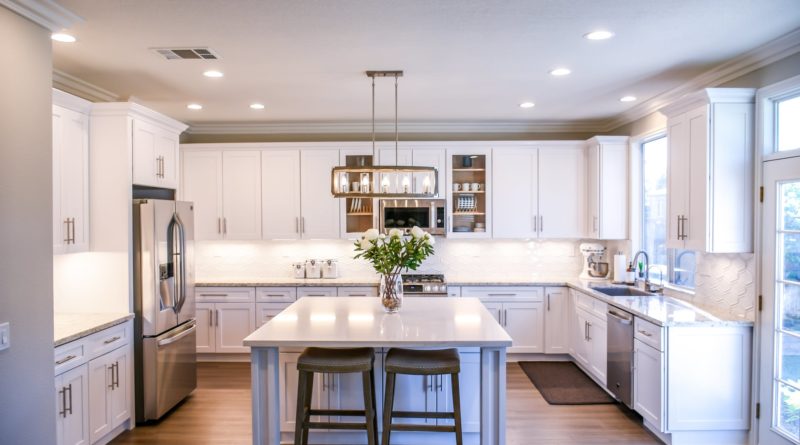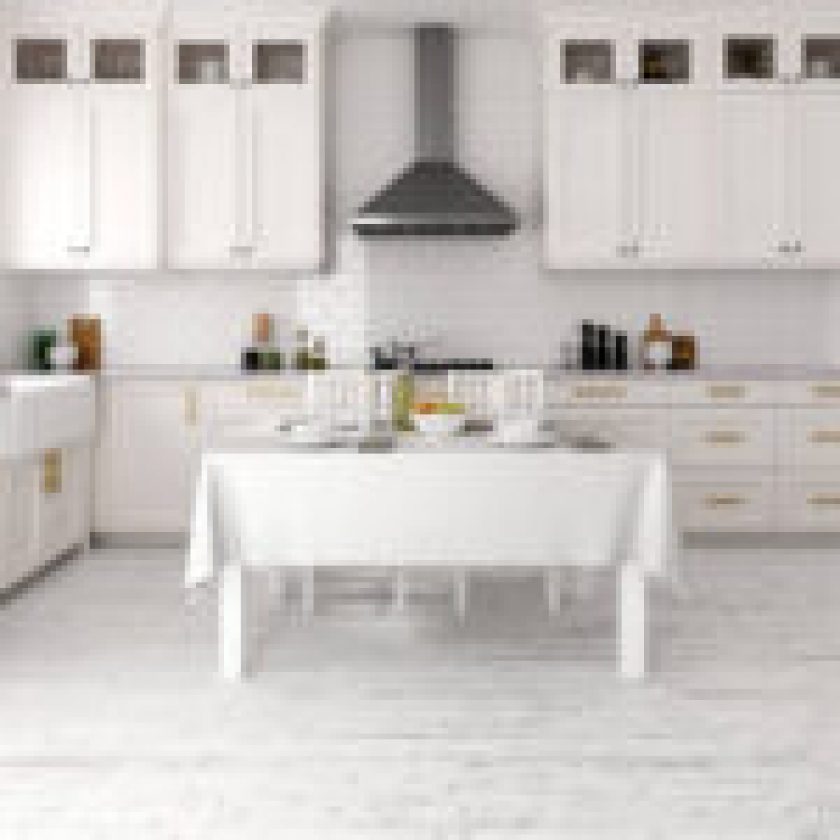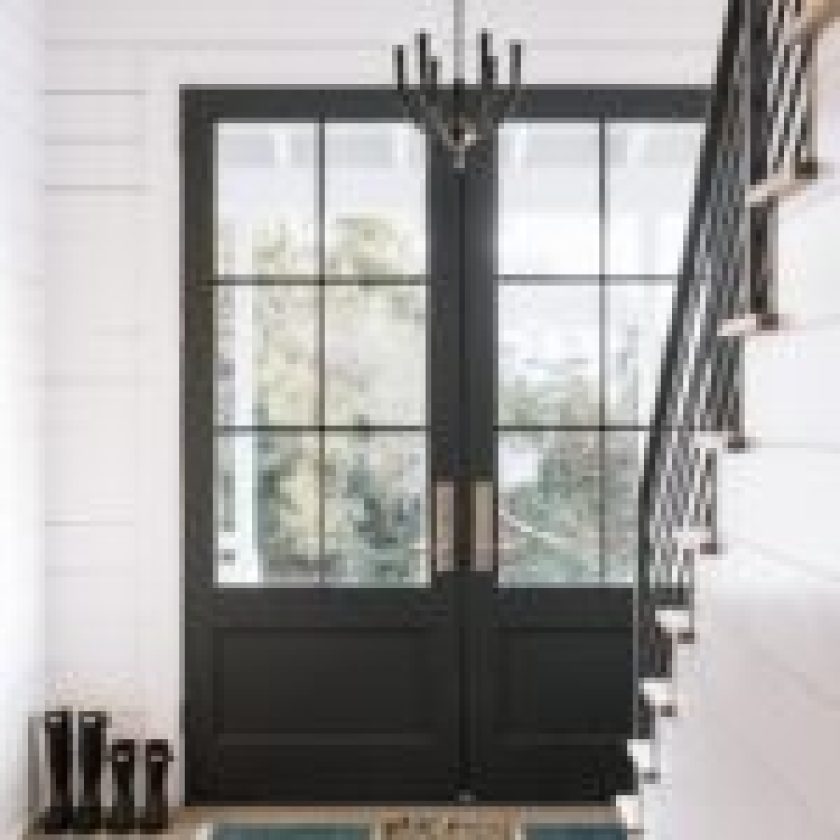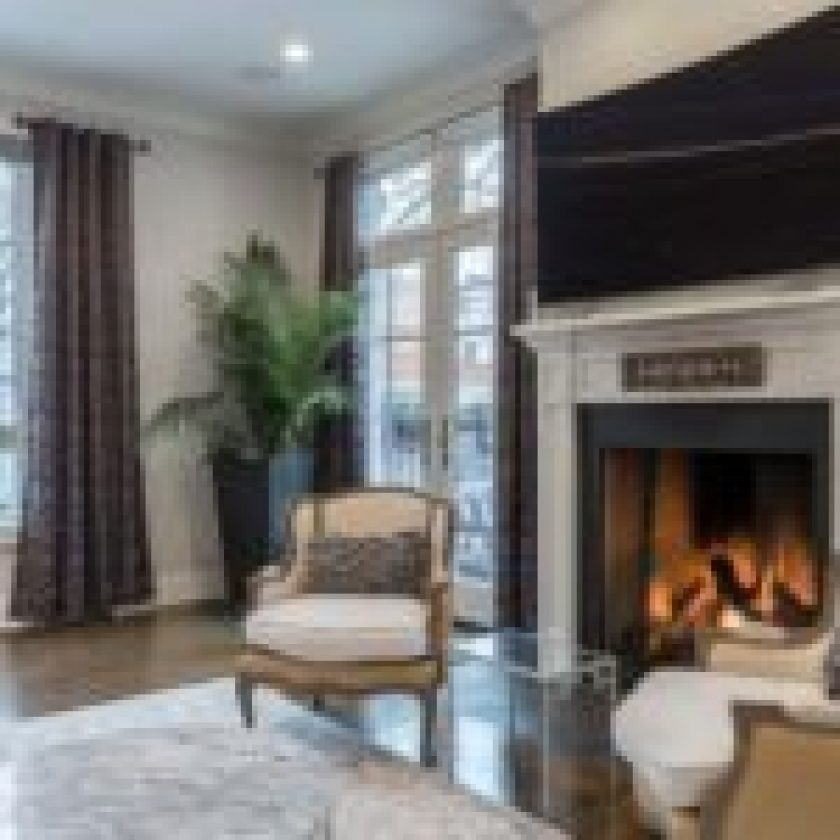It wasn’t that long ago that we were biased towards matching our furniture in the same tones and textures. But more modern trends in interior decor have now ditched the idea of a matching style.
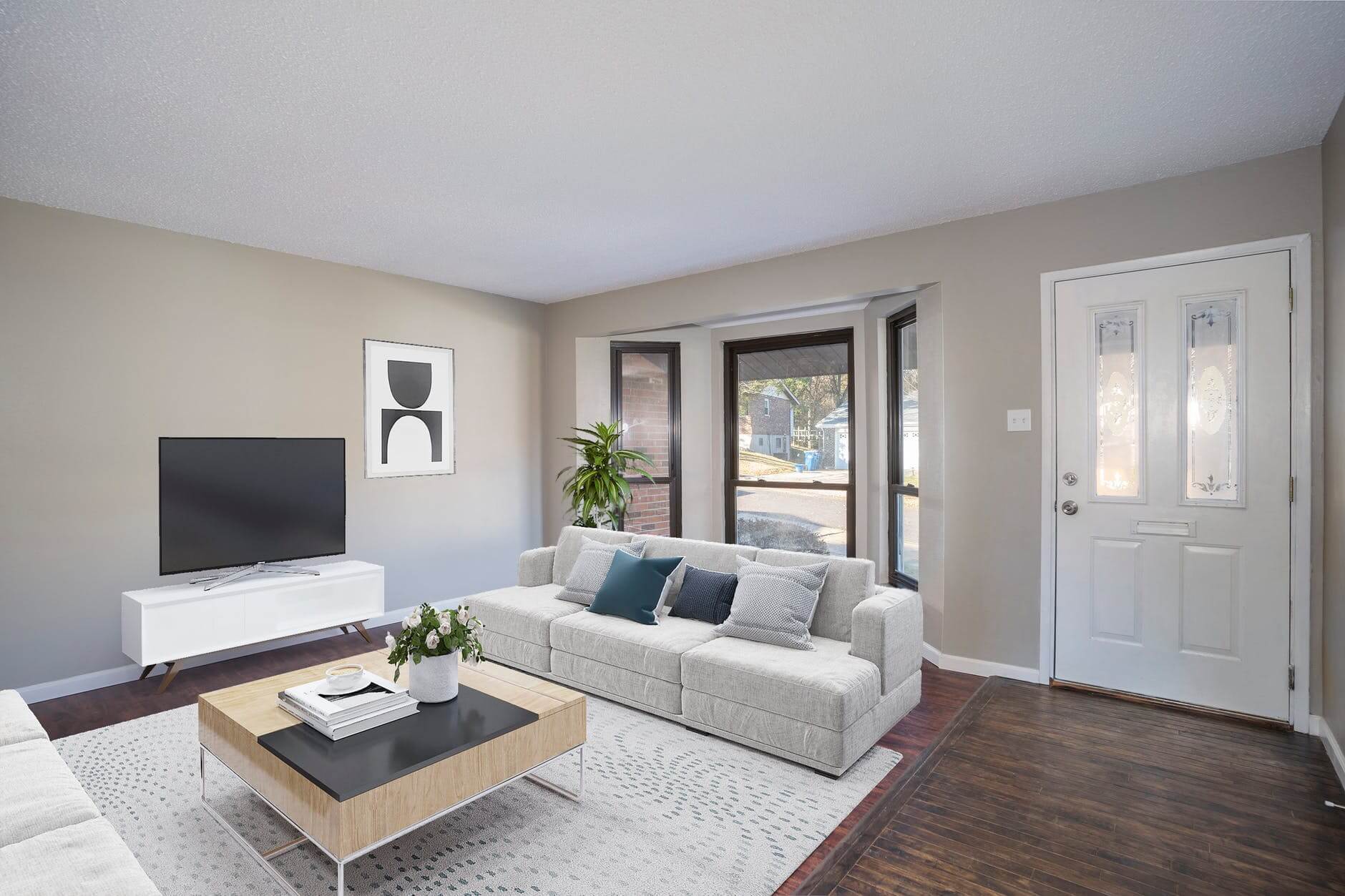
Now, we look for variation and a mixture of shades and textures to spice things up. You have to admit that a room with contrasting yet complementary wood is more interesting than one that has furniture that looks exactly the same. On the other hand, matching wood textured furniture may seem bland and boring to you. There are loads of shades and types of textured wood furniture that can give your décor a sophisticated yet unique look.
So, how do you know what combination of wood shades go along together? Let’s read on to know more about different wood shades and their combination to add to your décor.
Here are some handy tips for mixing and matching wood shades for an attractive decor theme.
1. Take Note of the Dominating Wood Tone
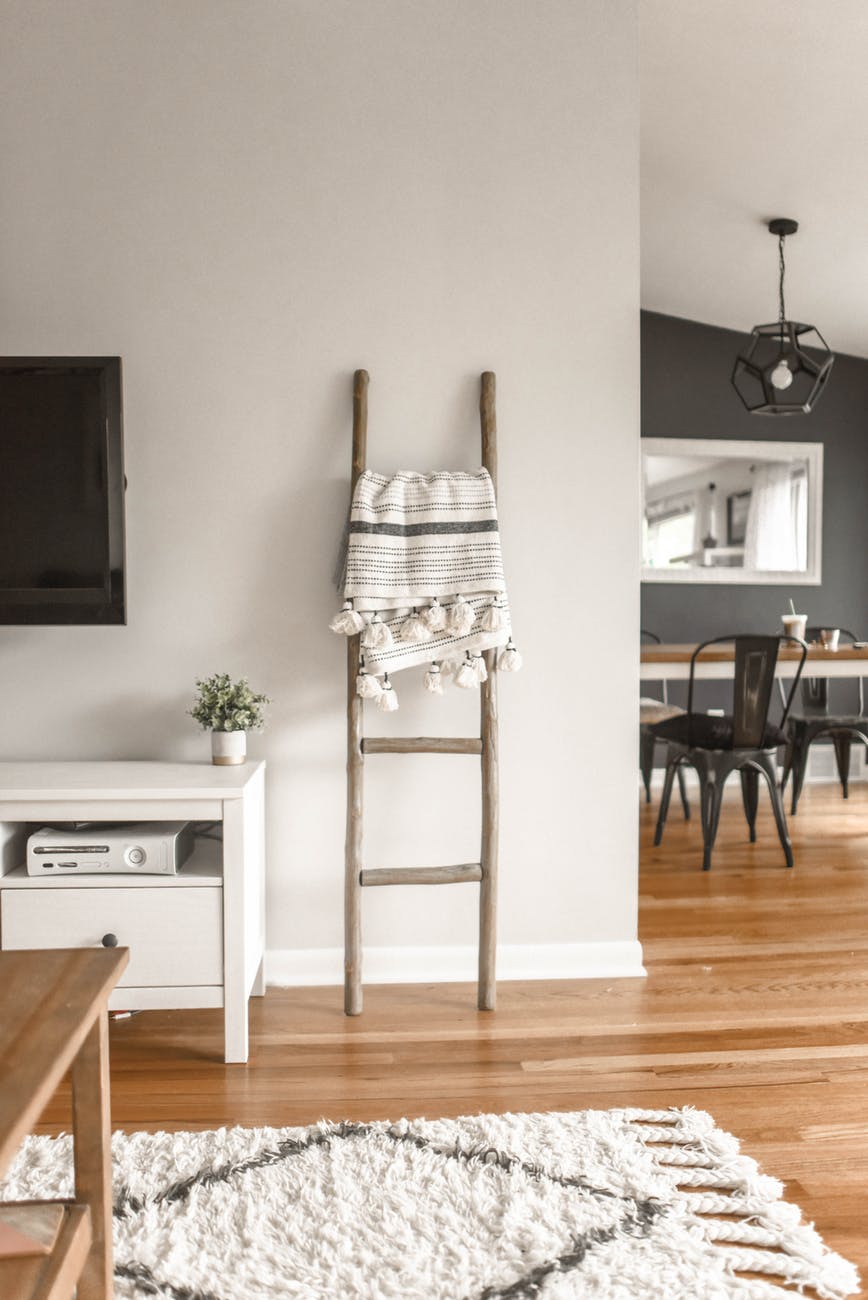
Your home might already have different types of wood. Find out the common or dominant tones of wood. Check out the flooring, cabinets, beams, and structural elements in your home and try to find a relationship between them. Like every other material, every wood shade has a distinguishable undertone. Wood furniture with yellow, orange and red hues has a warm undertone. Walnut, cherry, white oak, and maple also have a warm color tone. If your furniture has a beige undertone, it’s color tone is neutral. A neutral tone is versatile and goes along with both warm and cool undertones. Cool undertone wood displays a grayish look. Try to stick with one undertone of wood for your decor.
2. Repeat and Balance
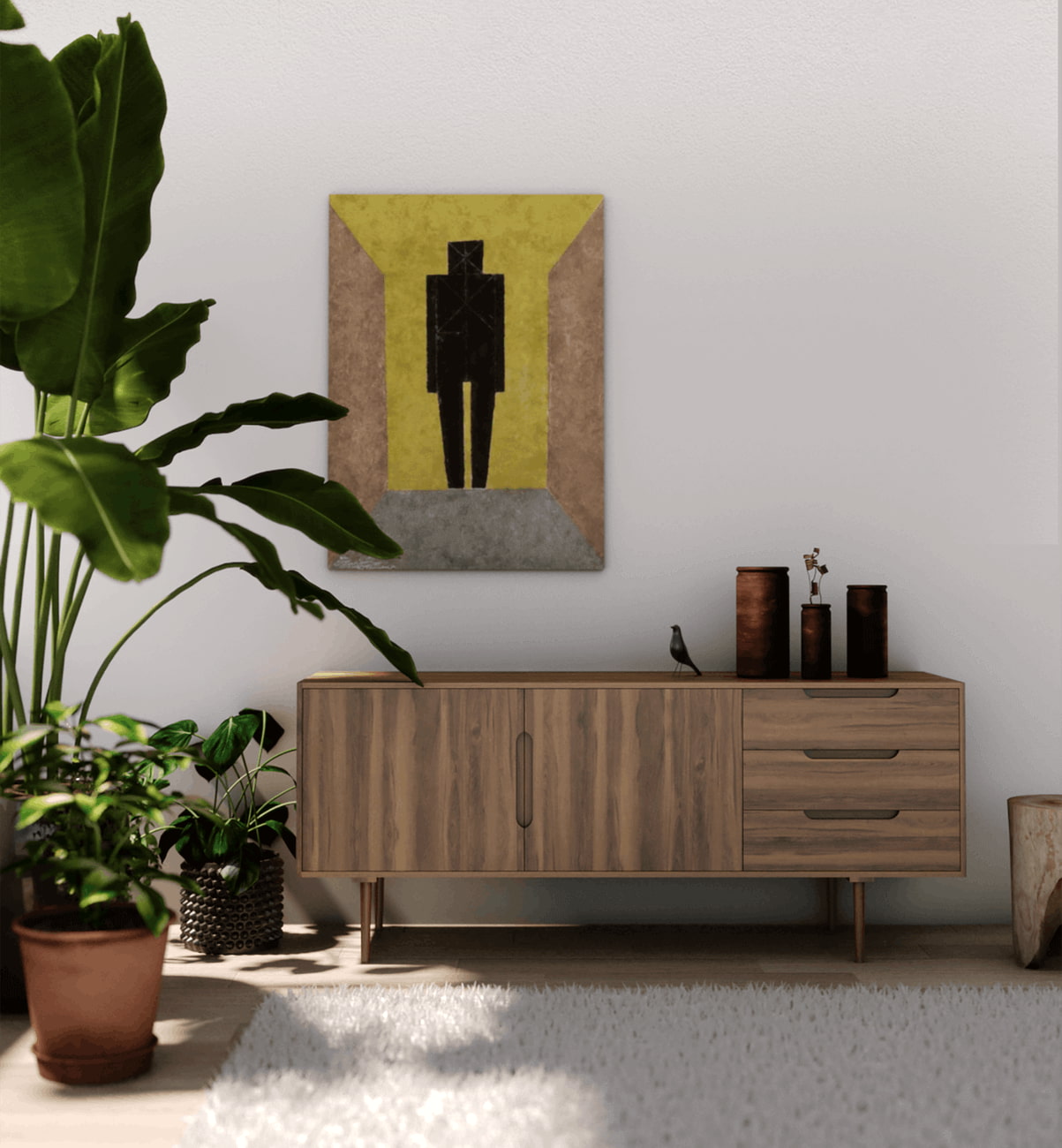
These are some important key elements to consider in your design. Repetition adds balance and cohesion to your decor. Use a shade of wood twice as they’ll complement one another. This technique works really well if you opt for smaller pieces of furniture. You can use smaller racks, end tables, and plant holders to balance your wood shades. But don’t go overboard with repetition; you don’t need to have two pieces of furniture of the exact same shade. A close match will also do.
3. Go for Contrast
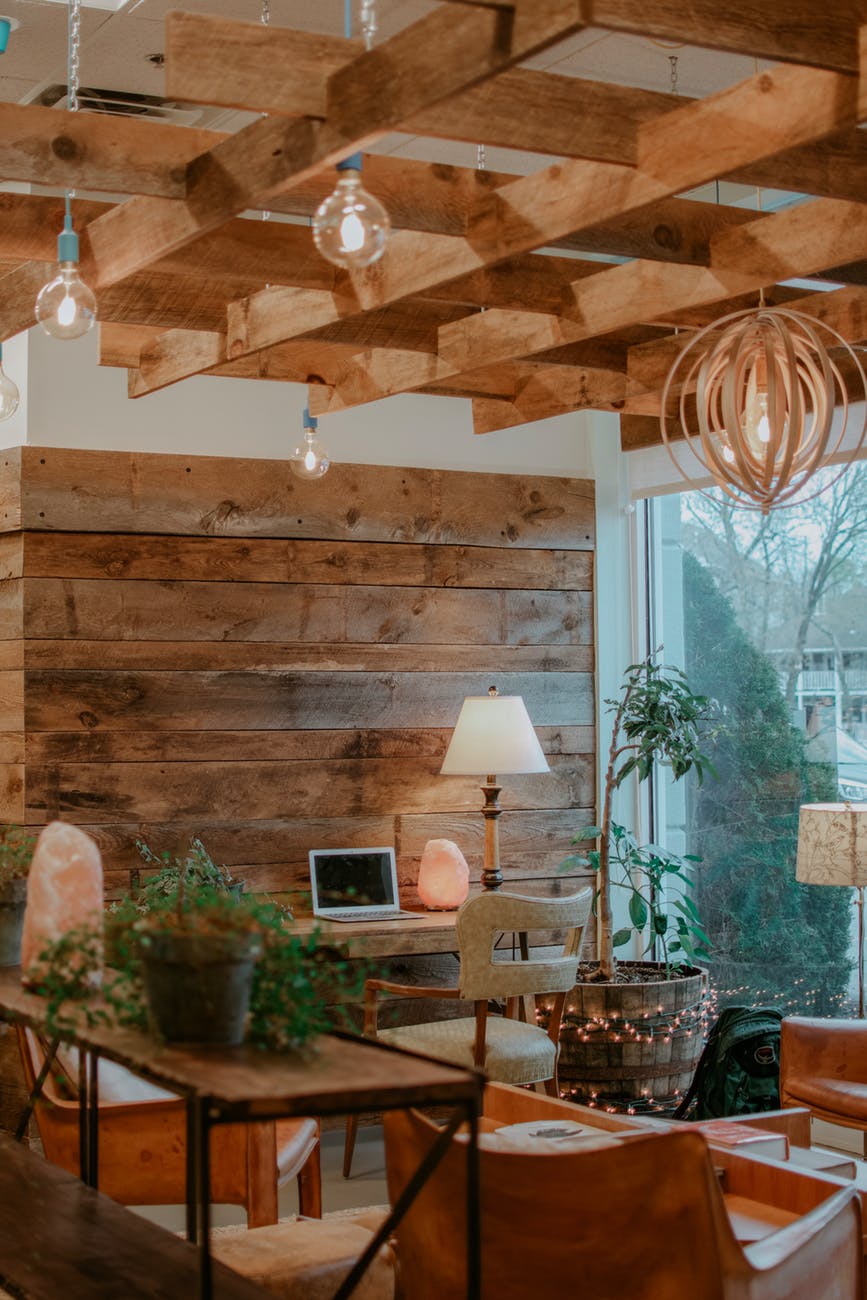
Contrasting tones give your decor an impactful look. Make space more stand out use darker wood furniture on light wooden flooring. On the other hand, light wood furniture placed on a light wood floor will disappear. Think of it as the background and foreground of a picture. You don’t want them to blend together. You have to highlight one while the other stays in the background.
4. Use a Buffer
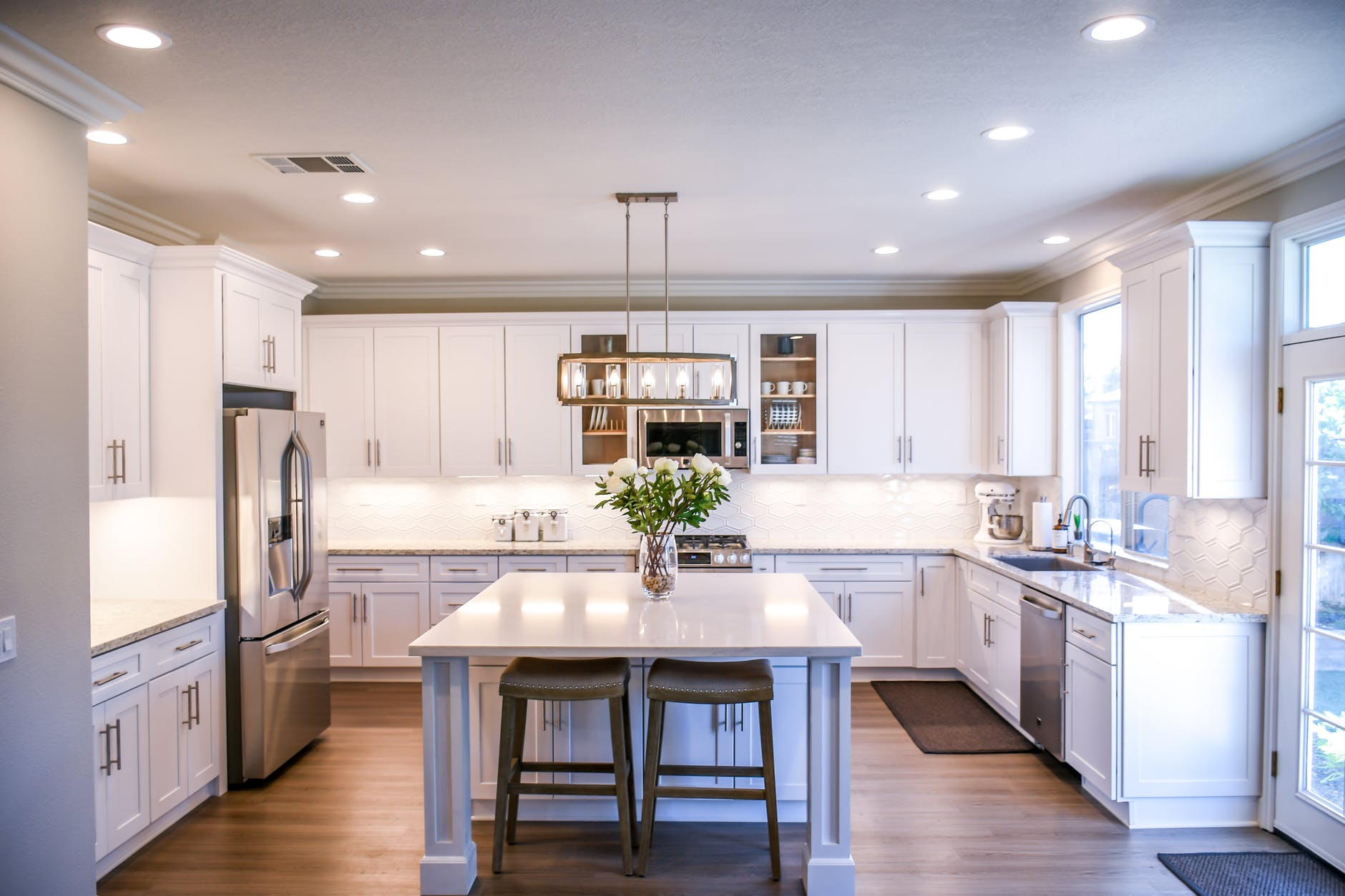
Adding a slow transition is always better than a dramatic contrast. Before jumping from dark to light tones, add a buffering neutral tone between them. This will make the contrast more soothing to the eyes. You can also use a buffer of furniture, textiles or other surfaces that have a mixed tone like reclaimed timber and live edge slabs of cherry. You can also smooth the transition between a warm-toned wooden floor and a cool-toned table by placing a rug between them.
5. Mix Different Woodwork, Grains, and Textures
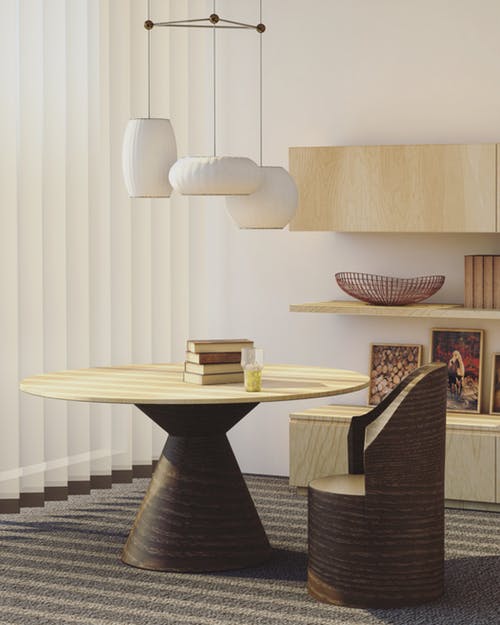
While we’re talking about wood shades, we shouldn’t forget about wood textures. If planned well, textures can highlight the variations in your wood decor. You can use variation in your decor by mixing different woodwork patterns and textures. Woods have their own unique texture which can be altered by woodworking tools like a sander, planer, and finishing tools.
Woodworkers use the best planers to make a smoother surface. Some woodworkers like to get their surface a bit rustic and gritty. If you’re not happy with the texture of your furniture you can contact a woodworker and get them to change it. Or, you can also make your furniture from scratch with unique textured wood. A combination of different shades and textures will make your decor more appealing.
6. Maintain a Common Theme
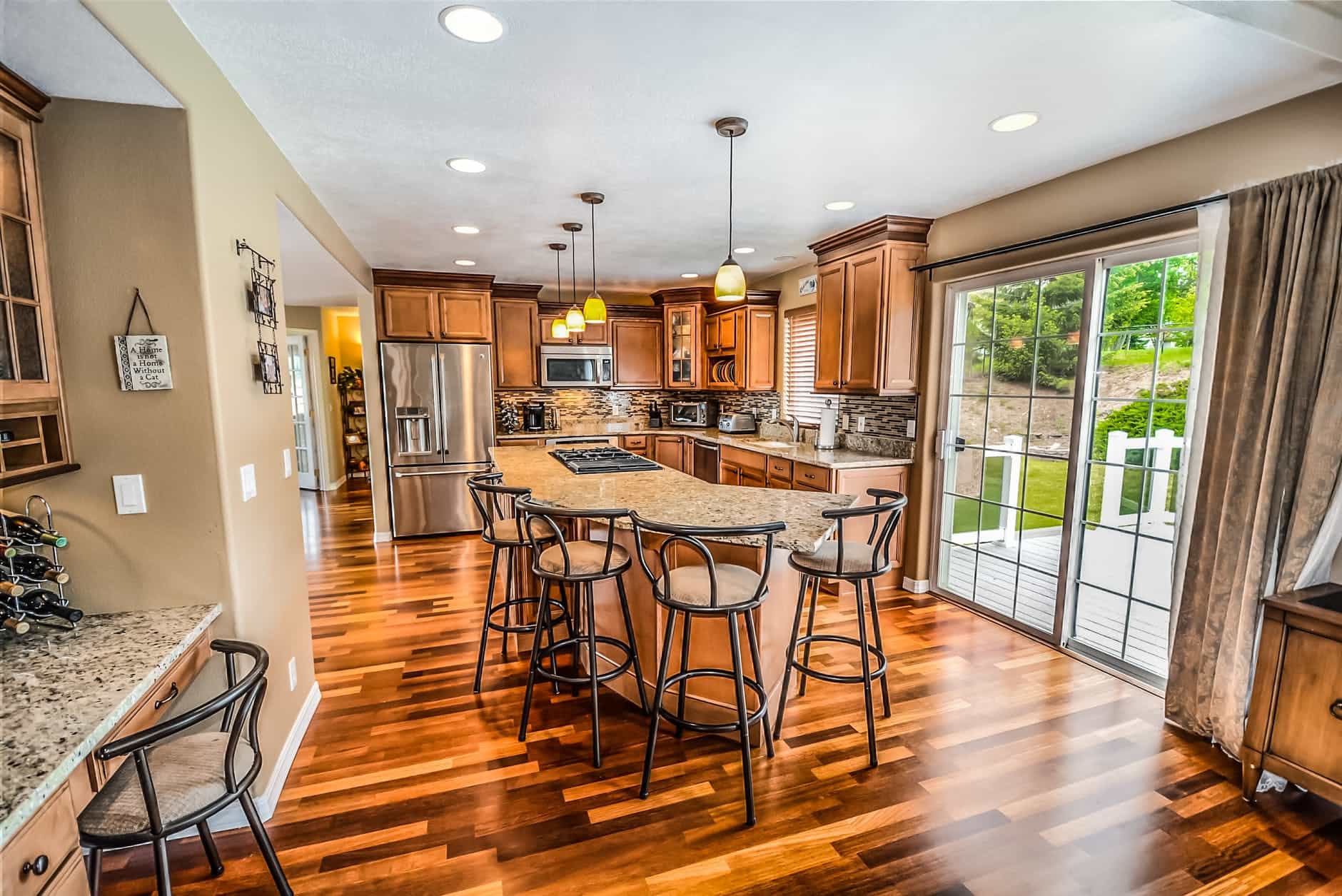
Most of us don’t buy our furniture all at once. So, when you’re furnishing your home piece by piece from shops, flea markets, yard sales or second-hand shops, try to maintain a common theme. Maintaining a common undertone usually works well for this. You can also bring in a common theme by sticking with a single era, style or expression. For example, it’s better not to mix art Nouveau styled furniture with clean-lined furniture.
You may also like to know about Modern Interior Design To Make Your Home Stylish
7. Keep Your Options Limited
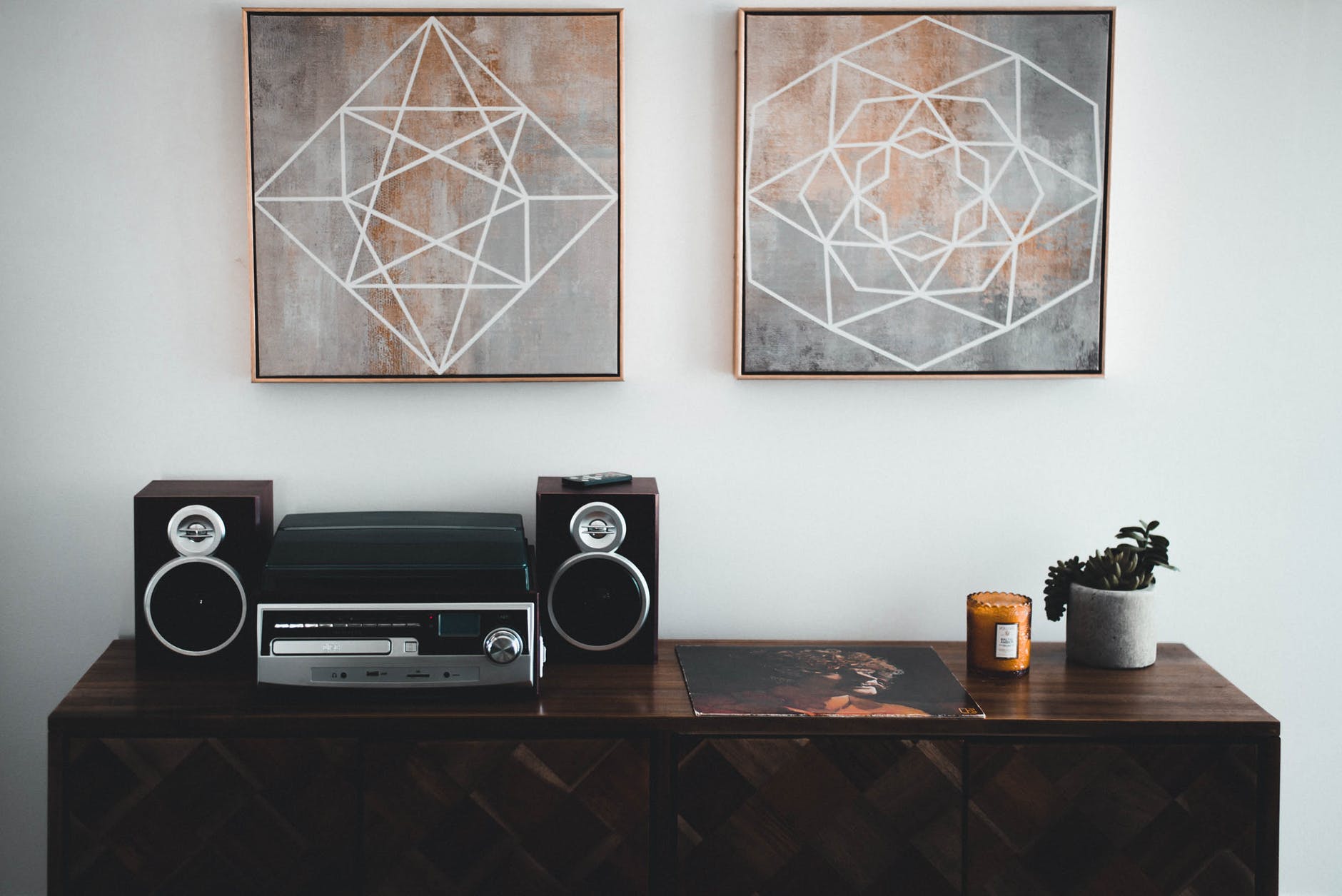
If you’re not too confident about your combination of wood shades, try to keep it simple. Start with just two or three shades and see how that goes. Maintain the color temperature and you’ll be off to a good start. Chaos usually occurs when you add too many colors and fail to coordinate them. The more tones you use, the more disjointed your décor will look. So, just use a simple contrast and repeat it throughout the décor. A combination of three wood tones in the same space with the same style usually looks good.
8 Use Accessories

Accessories like a picture frame, mirror or textile will balance out your décor. For example, you can create a display wall with black and white photographs with the backdrop of a light wooden wall. Wood toned accessories like bowls and antique pieces will also add a finishing touch to your decor. One common dilemma that most of us face with wood decor is, what if it is too much wood? If you’re worried that you may have too much wood in the end, you can soften the look with a throw pillow or rug. You can also reduce the monotony by adding other surfaces like glass or stone. Just make sure that they go with the theme of your decor. Adding some white paint or a colorful background will also help to break up the all-wood look.
In conclusion,
Mixing wood shades in your decor work wonderfully when it’s subtle. You want it to be different but not too different.
There is no strict rule for you to follow because what works for one space may not work for another. Some of the ideas here may even seem contradictory to you. So, the only way to do it is to start small.
Put your designer mask on and judge for yourself what works in your space. You can always alter what doesn’t work until you find the perfect balance.

